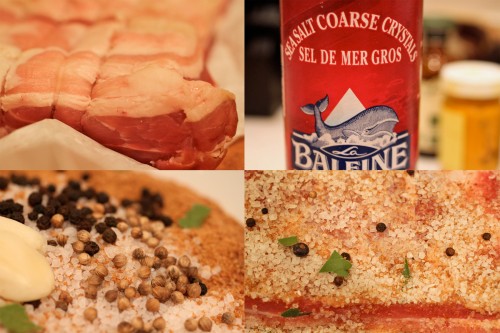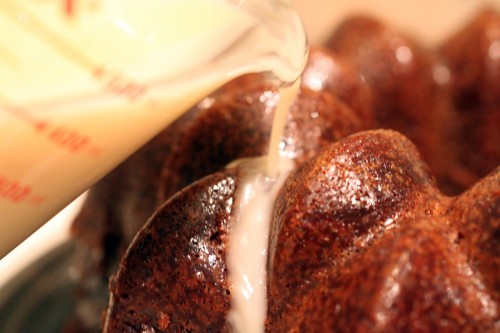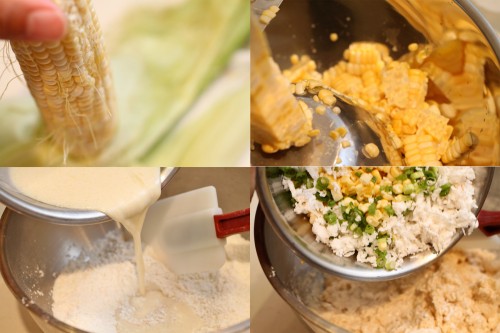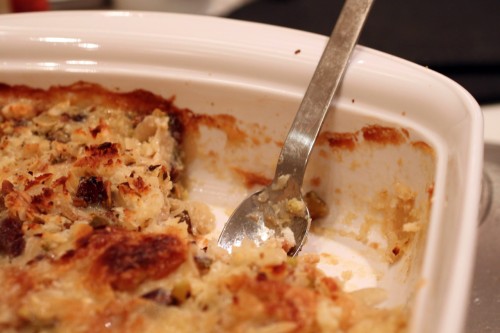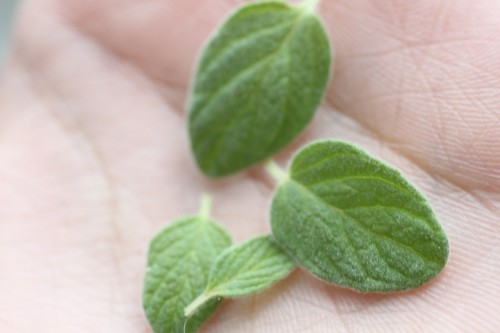Deadly Cape Malva Pudding
In a previous post on luscious bobotie, I mentioned some fun cooking I did while travelling around South Africa and a dessert I had there, Cape Malva pudding. When Americans think pudding, it’s usually the sweet, cornstarch-thickened milk kind or, more often, the Jell-O sort. But, historically, puddings are sweet or savoury and actually take a more solid form (like a Yorkshire or even a bread pudding). In Europe or in places where Europeans migrated, these sorts of puddings are really popular, and this one is Dutch in origin, brought to South Africa sometime after the Dutch East India Company established Cape Town in the 1600’s.
At some point during try # 572 (exaggeration but it took me fooorever to create a recipe that I was 100% happy with), I was texting with a girlfriend who spent some time modeling in South Africa. She’s always interesting to talk to because she was born in Somalia, spent the early part of her life in Kenya, and then grew up in Seattle. She has travelled all over the world, and unlike the rest of us, can eat things like Malva pudding and still stay thin enough to model! Anyway, when I mentioned that I was making it, she wrote back one word: DEADLY. Can’t wait until she comes to New York in a few weeks so I can attempt to fatten her up with this…:)
This dessert is, indeed, deadly, the type that gets even better the next day. The result is slightly spongy, super moist and buttery, with an amazing caramelized exterior. The sauce is thin and meant to be poured over the pudding to soak in and give it added moisture and flavor. I used brandy in my sauce, but Amarula would be fantastic here. The sauce can easily be made as is without the alcohol if you’re serving this to kids, and it’s still lovely. Malva pudding is typically served in the Cape warm and with a side of custard (as if it needs anything else!). Devonshire cream, mascarpone, whipped cream, or even ice cream are the perfect accompaniments. Delicious. Enjoy!
Ingredients
Yields 1 10-12 cup Bundt or ring-shaped cake pan
Pudding:
1 ½ cups flour
1 ½ tbsps baking soda
2 tsps baking powder
3/4 tsp salt
3 tbsps butter, softened at room temperature
1 ½ cups sugar
4 eggs, room temperature
2 tbsps red wine vinegar, room temperature
3 ½ tbsps apricot jam, room temperature
2 tsps vanilla extract
1 ½ cups milk, room temperature
Sauce:
¾ cup fresh cream
½ cup sugar
½ stick butter
1/3 cup water
1 tsp vanilla extract
1 – 2 tbsps brandy (whatever works for your tipsy scale)
Procedure
Preheat the oven to 350° F.
In a bowl, sift together the flour, baking soda, baking powder and salt. Set aside.
All ingredients should be at room temperature. In a stand mixer with a paddle attachment, cream together butter and sugar. With the mixer still running, add eggs one at a time. Once incorporated, add vinegar, apricot jam, and vanilla extract. With the mixer on low, add one third of the flour mixture and then one third of the milk. Repeat process two more times.
At this point, I stop the mixer and scrape down the sides. Then, I turn it back on long enough to make sure that all of the flour is incorporated. You don’t want to over mix and develop the glutens in the flour, but you do want to make sure that there are no dry spots in the mixture.
Pour into a heavily greased and well-floured Bundt, or other ring-shaped pan (single piece – no detachments – and preferably non-stick) or baking dish of your choice. It should come up a little over halfway the size of the dish as it will rise significantly. Bake at 350° F for 45 minutes, longer if needed – until an inserted cake tester or toothpick comes out clean. The outside should be well caramelized.
For the sauce, simply heat all of the ingredients in a small saucepan, whisking to make sure all of the sugar is dissolved. Keep warm until you are ready to pour. If you let this sit too long, a skin will form on top. If this happens, just strain before pouring.
If you are unmolding the pudding, cool for about 15 minutes, run a knife around the edge if necessary and turn onto a plate. Poke holes all over the pudding with a knife or a skewer, and slowly pour or spoon the sauce over all sides. You want the sauce to soak in everywhere. If you pour too quickly, the sauce will just pool and will make only the bottom part of the pudding moist.
If you are not unmolding, simply poke holes all over and pour the sauce right in.









